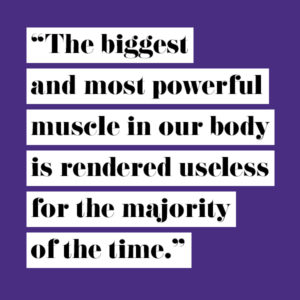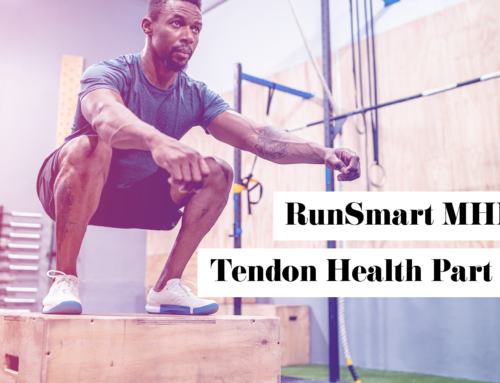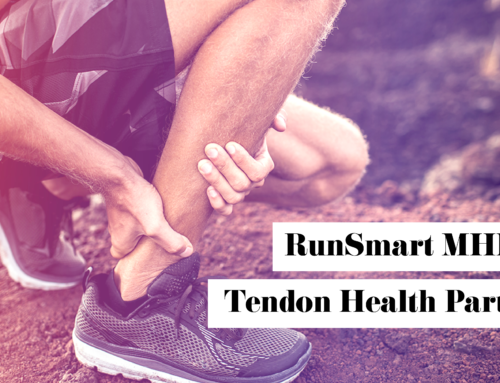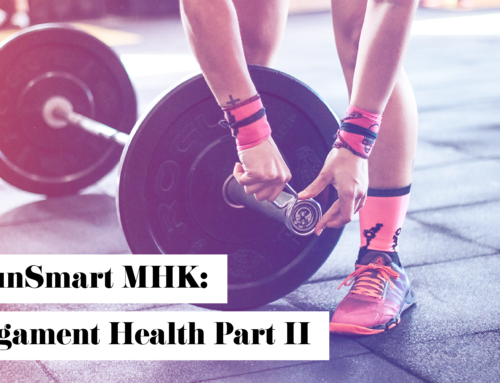Dormant Butt Syndrome!
STEPHANIE JOHNSON, Maximum Performance Physical Therapist
I recently attended a hip and back (side!) conference and need to give credit to the course coordinator for coining this phrase! It’s pretty spot on and true for the majority of us. Here’s why…
 This phrase means we are not using the biggest muscle in our body! Muscles that are stretched for long periods of time, relax and shut down. Or thinking of it another way, muscles that are facing the floor, tend to shut off because they aren’t being forced to work against gravity.
This phrase means we are not using the biggest muscle in our body! Muscles that are stretched for long periods of time, relax and shut down. Or thinking of it another way, muscles that are facing the floor, tend to shut off because they aren’t being forced to work against gravity.
We spend an inordinate amount of our day sitting. The glutes and other hip muscles are stretched, resting in the chair and not having to work against gravity. The lower the chair and the more your knees fall toward each other, the more exaggerated this becomes. If you consider we sit for 12 or more hours a day on average, the biggest and most powerful muscle in our body is rendered useless for the majority of the time! Slumping and slouching are also major culprits.
The three gluteal muscles include the maximus, medius and minimus. Their job is to extend the pelvis and thighs and assist in outward hip rotation and hip stability. They also play a role in helping to stabilize the lower leg including our low back and foot. They also create powerful explosive movements like lifting something heavy from the floor, jumping and sprinting.
So, what can you do to prevent or correct Dormant Butt Syndrome?
- Join Maximum Performance! Our gym is filled with equipment to make Dormant Butt Syndrome a thing of the past.
- Stop slouching! Sit up straight! Stand up straight!
- Try this exercise while sitting at your desk: keep your feet flat on the floor and gently push down on your feet, as if you wanted to shoot yourself straight up out of the chair. At the same time, tighten up your inner thigh like you were squeezing a ball and gently push your knees out, toward the sides of your chair.
- Lie down on the floor for about five minutes after work. Or, better yet, make sure your exercise program incorporates exercises on your stomach, on all fours and/or standing.
- Work the hips in big motions, from a stretched position all the way through to the most contracted position of that muscle.




